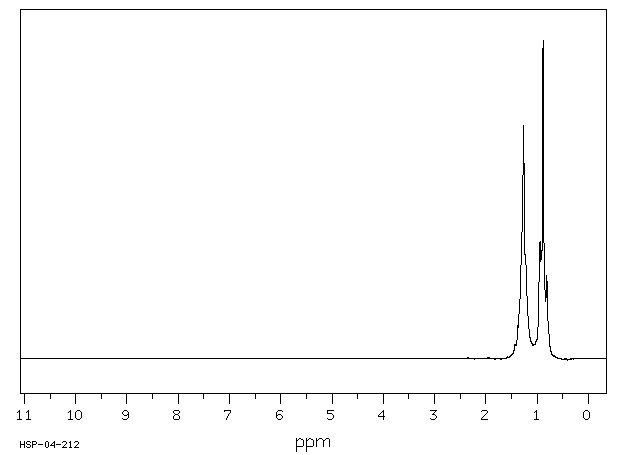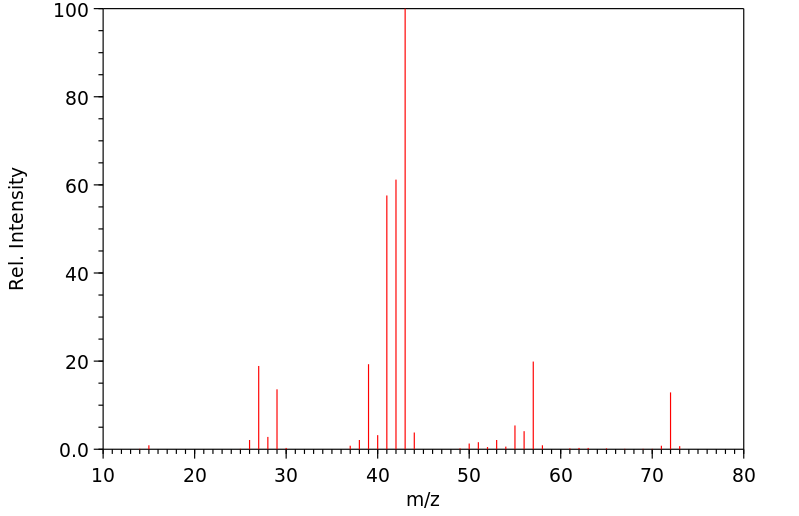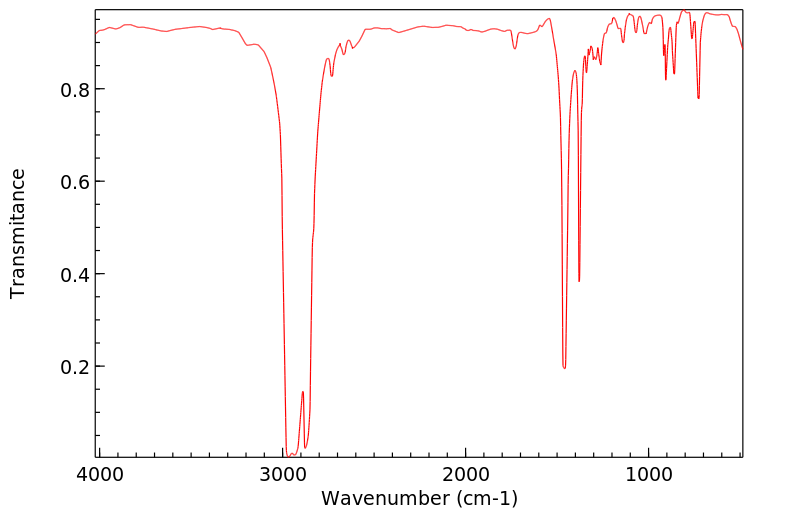代谢
过度的脂质过氧化在各种疾病中发生。然而,即使是在健康人中,通过测量戊烷的肺排泄也可以检测到低水平的脂质过氧化。脂质过氧化被认为可能是衰老过程的一个原因。为了测试戊烷排泄是否与年龄有关,我们在47名健康受试者(年龄21-79岁)中测量了呼出气体中的戊烷。我们还测量了血清中抗氧化剂生育酚、视黄醇、番茄红素、β-胡萝卜素、抗坏血酸和锌的水平。我们发现戊烷排泄随着年龄的增长而显著增加(P < 0.05,r = 0.32)。在测量的六种抗氧化剂中,只有番茄红素随着年龄的增长而显著下降(P < 0.05,r = -0.47),然而,这种下降与戊烷排泄没有统计学相关性。其余五种抗氧化剂在研究的年龄范围内保持稳定或有所增加。我们得出结论,通过戊烷排泄评估的脂质过氧化随年龄增长而增加,但这种增加与饮食中抗氧化剂水平无关。/SRP:戊烷是由多不饱和脂肪酸的脂质过氧化形成的/
Excessive lipid peroxidation occurs in various diseases. However, even in health low levels of lipid peroxidation can be detected by measuring the pulmonary excretion of pentane. Lipid peroxidation has been postulated to be one of the causes of the ageing process. In order to test whether pentane excretion is related to age, we measured breath pentane in 47 healthy subjects (ages 21-79). We also measured serum levels of the antioxidants tocopherol, retinol, lycopene, beta carotene, ascorbate and zinc. We found that pentane excretion significantly (P < 0.05, r = 0.32) increased with age. Of the six antioxidants measured, only lycopene decreased significantly (P < 0.05, r = -0.47) with age, however, this decline did not statistically correlate with pentane excretion. The remaining five antioxidants either remained stable or increased over the age range studied. We conclude that lipid peroxidation, as assessed by pentane excretion, increases with advancing age but that this increase is independent of dietary antioxidant levels. /SRP: Pentane is formed from the lipid peroxidation of polyunsaturated fatty acids/
来源:Hazardous Substances Data Bank (HSDB)










